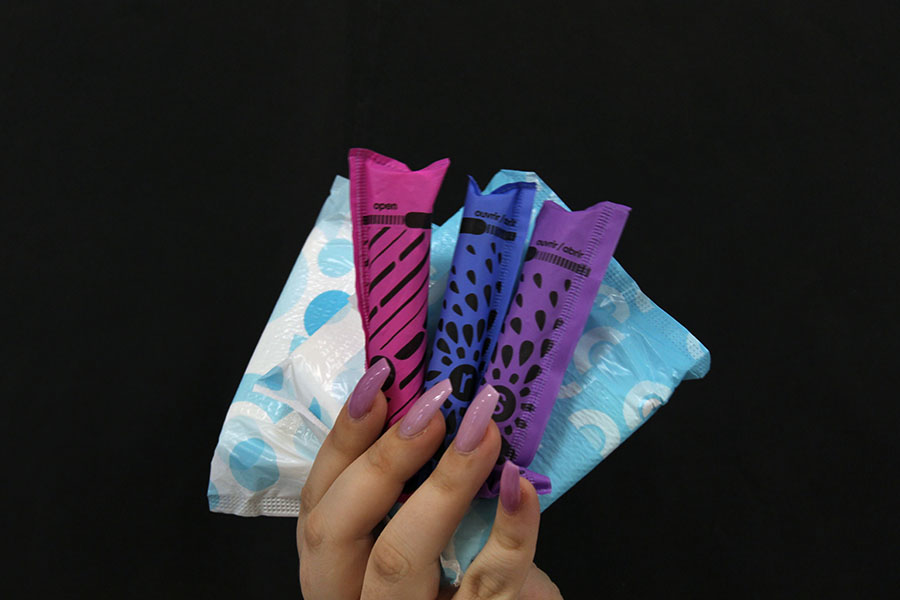In an age of body positivity, a certain craze has taken over social media.
Looksmaxxing, a term teenage boys use to describe improving their looks, has 2.5 billion views on TikTok and is generally taken as a lighthearted joke with certain practical benefits. The practice usually consists of mewing (bringing the tongue to the roof of the mouth to sharpen the jawline), extensive skin and hair care routines and going to the gym.
The ideals creators, such as Dillion Latham, push onto their audience create unrealistic beauty standards and emphasize people’s insecurities.
The main issue with looksmaxxing lies in the trend of over exaggerating people’s supposed flaws and telling them to change how they look to fit conventional definitions of attractiveness. Some perceived flaws, such as negative canthal tilt (when the outside corners of eyes are lower than the inside corner) are impossible to change without cosmetic surgery. This emphasizes people’s insecurities and can cause people to hide themselves in fear of not fitting in. The images teenagers see on social media can wreck their social lives and cause anxiety.
Self affirmation theory has shown that positive words toward oneself is a healthy way to overcome insecurities, but looksmaxxing does the opposite. In the most toxic realms of the viral trend, people simply degrade others if they aren’t born with conventionally attractive features and encourage people to give up on improving their looks at all.
The audience looksmaxxing creators target is problematic, according to a 2019 study done by YouGov Plc, 40% of teenagers worry about body image due to social media. While teenage boys might not express this issue as much as girls, the trend contributes to toxic masculinity culture, which is rising due to “red pill” content. This content generally consists of podcasters telling young men to be more “manly” in ways that are harmful toward women or the men themselves. Young boys may feel pressured to go to the gym for the aesthetic, or feel completely unwanted by women because they aren’t the typical tall, muscular man.
Looksmaxxing also enables an incel mindset. Looksmaxxers will say it’s “over” for guys who don’t live up to the ideal standards they push on to people, referencing their chances with women. Not only does it generalize an entire gender’s preferences, it villainizes women for supposedly having too high of standards. The trend perpetuates the cycle for guys to try to improve their looks for women, but disliking those very same people.
Instead of promoting looksmaxxing, self improvement creators encourage healthy habits in the skincare and diet realm without tearing down others who don’t follow them. Looksmaxxers need to quit harping on facial features people have little to no control over, such as canthal tilt and jawlines.





















